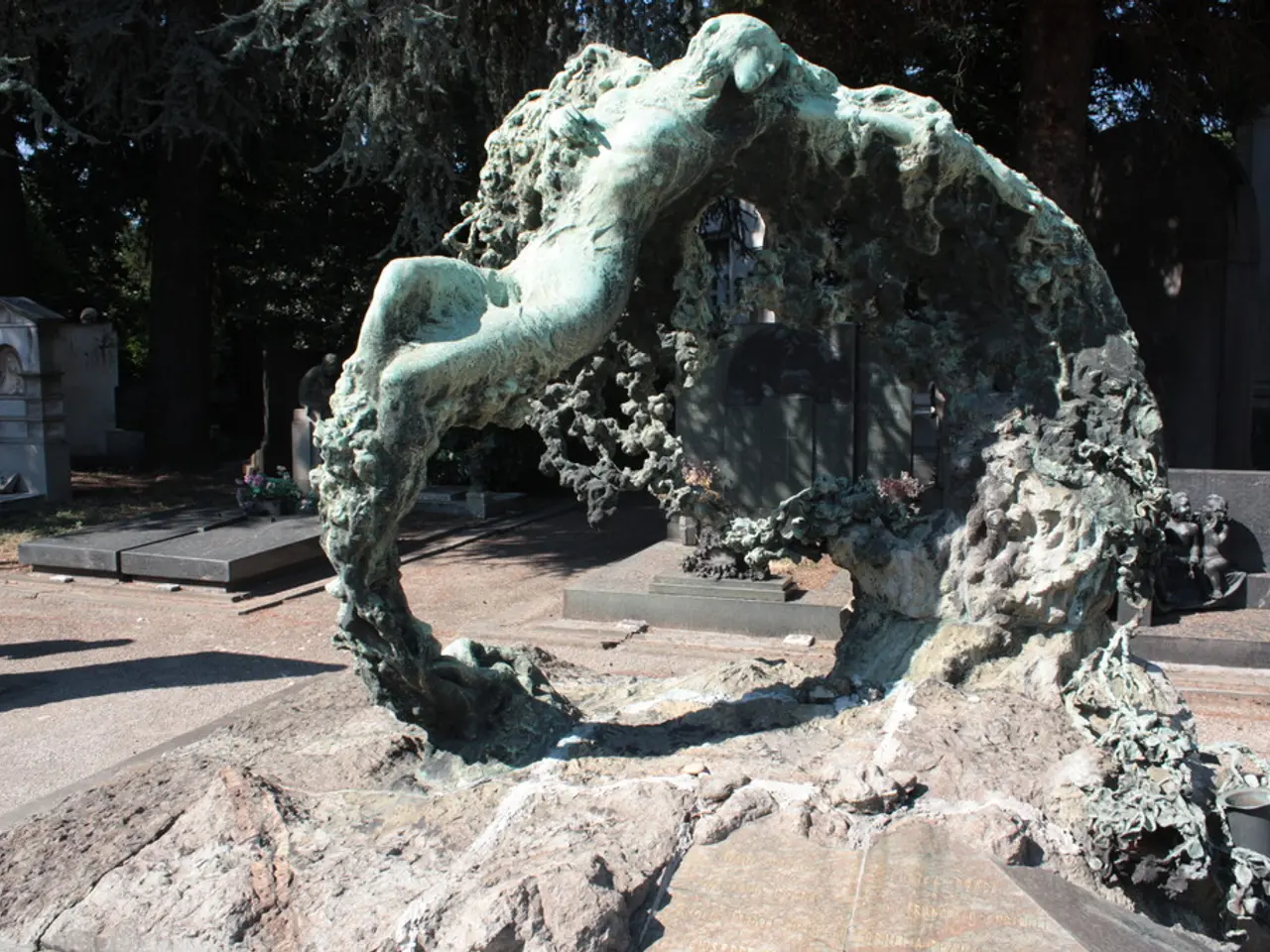Winter Blues Solutions: 5 Evidence-Based Strategies for Maintaining Happiness During the Cold Months
Seasonal Affective Disorder (SAD), a condition that affects up to 10% of the population during autumn and winter, can be managed effectively with a combination of treatments and lifestyle adjustments.
Light therapy, one of the scientifically proven strategies for SAD, involves daily exposure to a bright light box that mimics natural sunlight. This helps regulate mood by influencing brain chemistry and circadian rhythms. The National Health Service (NHS) recommends light therapy as a SAD treatment. A 3-week course of bright light (6000 lux) treatment in the morning led to the overcoming of depressive symptoms in 61% of participants [1].
Cognitive-behavioral therapy (CBT) is another recommended treatment for SAD. CBT specifically adapted for SAD (CBT-SAD) addresses negative thought patterns and encourages behavioral activation during darker months. According to the National Institute of Health and Care Excellence (NICE), CBT is one of the treatments for SAD [2]. In fact, a combination of light therapy and CBT led to SAD recovery in 70% of the participants [1].
Antidepressants, particularly selective serotonin reuptake inhibitors (SSRIs) and bupropion (the only FDA-approved medication for preventing seasonal episodes), are used for moderate to severe cases and are sometimes started before symptoms appear to reduce severity [1][3].
Maintaining a regular sleep schedule is also crucial in managing SAD symptoms. Melatonin, a brain chemical that regulates sleep, is produced in higher levels during winter, contributing to sleepiness and low energy levels in SAD. Avoiding oversleeping can help manage these symptoms [4].
Engaging in physical activity such as walking, swimming, or yoga, and increasing outdoor exposure to natural light when possible, can also improve mental health and reduce depressive symptoms in SAD [5]. Exercising under bright light (2500 lux) led to greater reduction in depressive scores compared to exercising under regular room light [5].
Vitamin D supplementation might help, especially in seniors who are at risk of deficiency, although evidence varies [3][5]. Good nutrition practices can help manage SAD symptoms, but a specific diet for SAD is not yet evidenced.
Preventive strategies, such as starting light therapy or medication before symptom onset, structured routines, and early use of CBT, can significantly reduce symptom severity [3]. Social interaction is also important to combat isolation.
In conclusion, the most effective approach is often a personalized combination of light therapy, CBT, and medication, supported by lifestyle adjustments and preventive measures monitored by healthcare professionals.
Health-and-wellness practices such as engaging in regular physical activity and maintaining a regular sleep schedule can help manage Seasonal Affective Disorder (SAD) symptoms. Additionally, mental-health treatments like cognitive-behavioral therapy (CBT) specifically adapted for SAD and light therapy, which involves daily exposure to a bright light box, are scientifically proven strategies for managing SAD.




